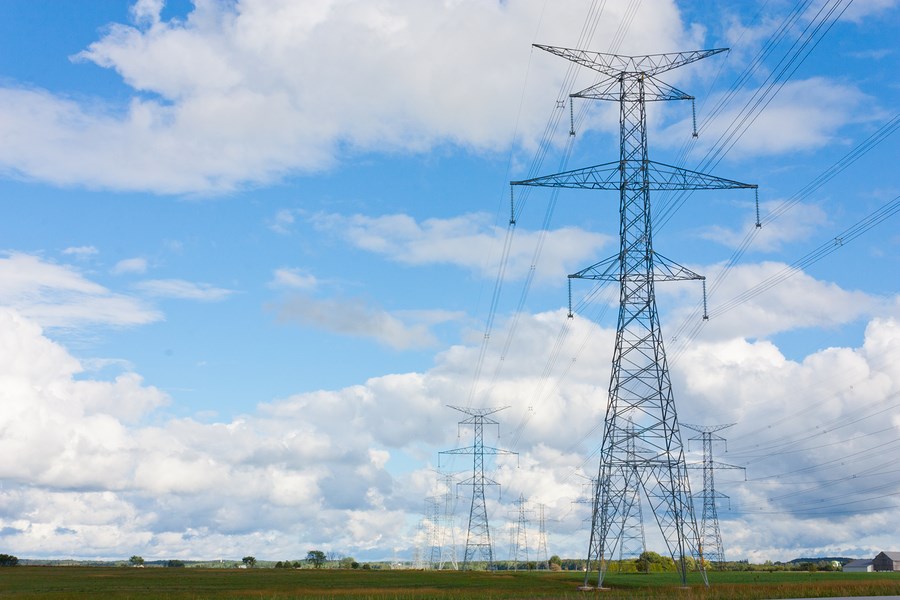Manitoba Hydro is in hot water, and its proposed plan could make life difficult for much of the province.
Last month in its quarterly report, the company posted $89 million in losses, citing restructuring costs and a denial of a 7.9 per cent rate increase it requested back in July. The company’s long-term debt is reported to be $16 billion, with about $5 billion of that number a result of the Bipole III transmission line. The line is intended to supply electricity from northern Manitoba to the southern part of the province and the United States.
In July, the Public Utility Board (PUB) approved a 3.36 per cent hydro rate increase. Now, Manitoba Hydro is back at the PUB table asking for six years of 7.9 per cent increases, followed by a 4.54 per cent increase, followed by two years of two per cent increases. In the end, if the plan is approved as presented, Manitobans would see more than a 55 per cent increase on their hydro rates by 2027.
To say it’s a significant increase seems like an incredible understatement. It’s even more significant if you’re a person who makes a modest income. Or if you have electric heating. Or if you live on an impoverished First Nation. That level of increase is the kind that shuts down small town community centres and makes businesses not viable.
Speaking of businesses, the province’s low hydro rates (Manitobans pay the second lowest electricity rates in the country, with Quebec paying the lowest) have, in the past, been a huge draw for businesses looking to move into the province. But while being attractive to new industry is a beautiful thing, the second-lowest-rates-in-the-country business clearly hasn’t been working well on the whole.
Of course, it’s not just unsustainably low rates that brought Hydro’s financial situation to where it is today. Construction of both the Bipole III and Keeyask dam has come in significantly over budget – the projects have been slammed as politically motivated mistakes.
Those mistakes, made by a relatively small group of people, were costly errors that the rest of the province will end up paying for. Regardless of how the situation got to where it is today, the money to service Hydro’s massive debt has to come from somewhere, and ultimately, it’s going to filter down to the ratepayers. In the end, really, the only question is what amount the rates will rise to, and how long they will take to get there.
It’s hard to imagine Manitoba Hydro will get its ask of a 7.9 per cent increase per year over the next six years. While the current rates have been unsustainably low, that amount of increase in a short period of time seems unsustainably high. It has the potential to ruin people and put a different kind of strain on the economy. It also has the potential to turn customers off of hydro wherever they can, pushing them toward solar energy and alternate heating measures. Manitoba is a cold place – it requires a significant amount of energy in heating over its long winters. A significant increase in rates doesn’t make a great case for electric heating.
What seems more reasonable is smaller increases over a longer amount of time. Less convenient for Manitoba Hydro, certainly, but more manageable for the wider population. Manitobans have been, in some ways, lucky to pay lower electricity rates than most of the country for years. It’s clear it’s time for a change, but residents shouldn’t have to pay all at once for someone else’s mistakes.




